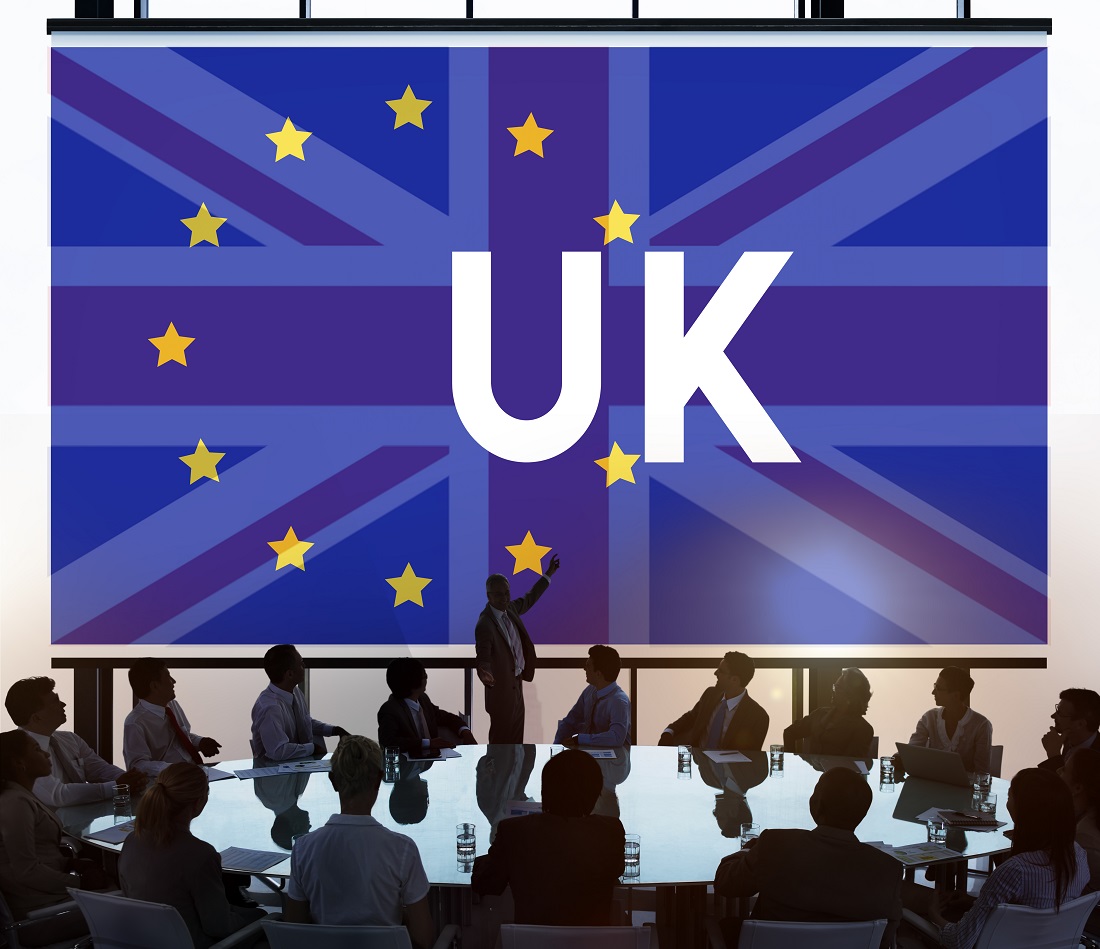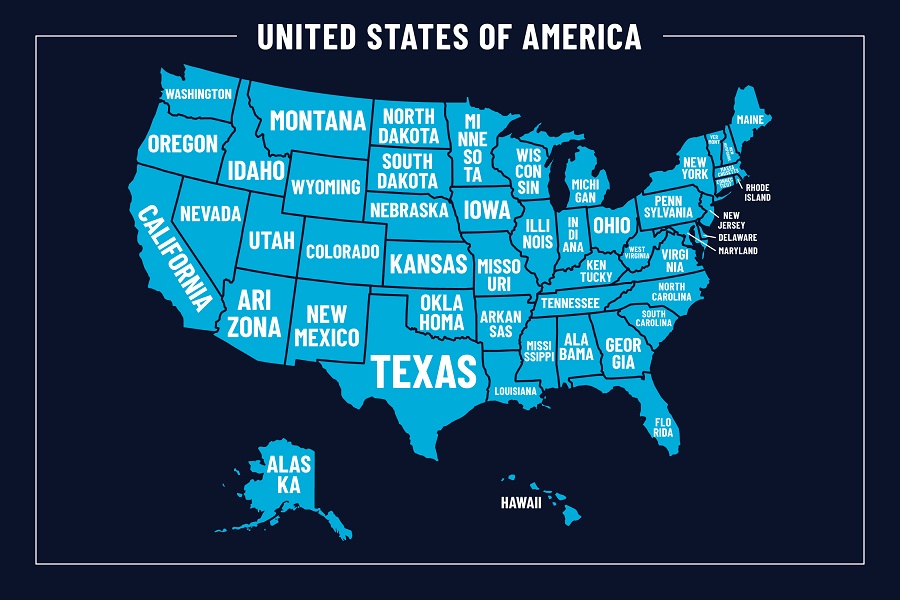I’ve been working in diversity compliance for about fifteen years now, and honestly, I still get caught off guard by how complicated this whole area has become. What used to be pretty straightforward workplace policies have turned into this massive legal web that spans different countries, and frankly, it’s getting harder to keep up with.
The thing is, DE&I laws and obligations aren’t just something HR departments deal with anymore. They’re actual business requirements that can seriously impact your operations, especially if you’re working internationally or even just dealing with international clients.
I had this conversation last month with a Fortune 500 tech company – they were basically in panic mode. Their European team was scrambling to meet EU compliance deadlines, their US offices were trying to figure out conflicting state regulations, and then their Australian branch called because they needed to train their local staff on American disability accommodation laws. Why? Because they were managing accounts for US clients worth millions of dollars.
It sounds crazy, but this is what I’m seeing more and more. Even if your employees never leave Australia, they might still need to understand how diversity laws work in other countries because that’s who they’re doing business with.
Think about it – if your Melbourne team is serving European clients, they better understand EU privacy requirements around diversity data, or those clients might just take their business elsewhere.
Trying to make sense of the global picture
Look, anyone who tells you that DEI compliance requirements are straightforward probably hasn’t actually looked at what’s happening across different countries lately. Because it’s genuinely confusing.
I always explain it to clients like this: imagine you’re trying to drive through a city where every street has different traffic rules. Some streets you drive on the left, others on the right. Speed limits change every few blocks. Some intersections have traffic lights, others have roundabouts, and some just have stop signs that mean completely different things depending on which street you’re on.
That’s basically what global diversity law looks like right now.
Germany has these specific quotas for company boards. Singapore prefers this collaborative approach between government and employers. Australia wants detailed annual reports from bigger companies. Japan is trying to balance traditional cultural expectations with modern equality goals, which honestly seems pretty challenging.
And the frustrating part is that the rules keep changing. When one major country updates their legislation, it often creates these ripple effects everywhere else because multinational companies just find it easier to adopt the strictest standards globally rather than trying to manage different requirements in each location.
I saw this with a retail client last year. Their Sydney-based procurement team had to learn European accessibility standards – not because Australian law required it, but because their major European suppliers were demanding compliance certificates as part of contract negotiations. The local legal requirements were basically non-existent, but the business necessity was absolutely critical.
View our online courses here to build the cultural competency and compliance knowledge your teams need for international success. For tailored strategic advice on navigating complex global requirements, contact us here to discuss how we can support your organization’s unique challenges and opportunities.

Europe is setting the pace
The EU doesn’t just create regulations for European companies. Through sheer economic influence, they’re basically setting global standards that everyone else ends up following, whether they want to or not.
I’ve watched this happen firsthand – European directives reshape corporate policies way beyond EU borders. If you have European clients, suppliers, or even just potential business partners, you often end up following EU-style approaches because that’s what they expect.
The EU Gender Balance Directive is probably the most ambitious piece of diversity legislation I’ve seen. By 2026, listed companies need 40% female representation on their boards. That’s not just a European issue though – I’m seeing Australian and American companies voluntarily adopting similar targets because they want to stay competitive in European markets, even when they have absolutely no legal obligation to do so.
The Pay Transparency Directive is another big change coming. Once it’s fully implemented, employees across the EU will have access to salary information that was previously confidential, and employers will need to disclose pay ranges and justify any gaps. The compliance burden is pretty substantial – you need detailed reporting, regular audits, documentation to justify decisions. But companies that get ahead of this seem to be gaining competitive advantages.
What’s really interesting is how these EU standards are influencing corporate cultures globally in ways I didn’t expect. I worked with a German multinational recently that decided to implement EU-standard parental leave policies across all their international offices. Not because local laws required it, but because maintaining consistent global standards simplified their operations and helped with their employer branding worldwide.
There’s another aspect that affects individual employees too. Australian team members who work with European colleagues are increasingly needing to understand concepts like “positive discrimination” and “reasonable adjustments” – these terms have specific legal meanings in EU contexts, and if you don’t know what they mean, it can create real communication problems that derail projects.

The UK is doing its own thing
Brexit was supposed to mean big changes to UK diversity law, but the reality has been more subtle than all the political rhetoric suggested.
Britain has kept many of the core EU principles while adding their own variations. Probably a smart approach, really, because the fundamentals were working reasonably well.
The Equality Act 2010 is still the main framework – it establishes nine protected characteristics that cover most workplace discrimination issues. What’s changed is how aggressively it’s being enforced. Regulators seem to be taking a much tougher approach to non-compliance than they used to.
Gender pay gap reporting has become pretty routine for companies with more than 250 employees. You see organizations like HSBC and Tesco publishing transparency reports that go way beyond what’s legally required, which I think sets a good example.
But here’s what could be really significant: the UK is developing ethnicity pay gap reporting legislation. When that comes into effect, it’s probably going to reshape how multinational companies approach racial equity issues across all their operations, not just in the UK.
I helped a financial services firm prepare for this recently – not just for their London offices, but for their entire global network spanning twelve countries. The reason was that implementing consistent measurement frameworks reduces administrative complexity while demonstrating genuine commitment to diversity initiatives worldwide.
There’s a practical business side to this too. I worked with a British consulting firm that discovered their Melbourne office was losing potential clients to competitors who had better understanding of UK accessibility requirements. The solution was global training that gave their Australian staff working knowledge of British standards, even though they had no legal obligation to implement them locally.
Brexit has also created some unique challenges for organizations with operations spanning both the UK and EU. You’ve got different reporting deadlines, varying terminology, and evolving regulatory frameworks that require pretty sophisticated compliance strategies to manage both systems simultaneously.

America: federal complexity meets state-by-state variation
If European diversity law is like a well-organized symphony, American DEI compliance requirements are more like jazz – complex, improvisational, and sometimes a bit chaotic.
The interplay between federal requirements, state legislation, and local ordinances creates this regulatory environment that can be overwhelming even for experienced compliance professionals. Just when you think you understand the framework, California introduces new requirements, New York updates its legislation, and Texas takes a completely different approach.
The SEC’s human capital management disclosure requirements have really changed how publicly traded companies approach diversity reporting. You can’t just make vague statements about “valuing diversity” anymore. Today’s requirements demand specific metrics, progress tracking, and strategic analysis that many organizations struggle to provide without significant investment in data collection systems.
State-level innovation adds another layer of complexity. California’s board diversity requirements for companies headquartered there created shockwaves across corporate America. But here’s what I found really interesting – the effects went global. I worked with an Australian mining company that enhanced their board diversity simply because their American institutional investors expected California-level standards, regardless of where the company was actually incorporated.
Canada has its own unique framework too. Federal equity legislation creates obligations for federally regulated employers, while provincial human rights codes vary significantly between different provinces. It creates this compliance puzzle that’s particularly challenging for organizations with operations spanning multiple provinces.
The cross-border implications are getting more significant. I recently advised a Toronto-based software company whose Sydney employees needed training on American disability accommodation concepts. Not because of any local legal requirements, but because they were supporting US clients who expected service representatives to understand terms like “reasonable accommodation” and “undue hardship” – concepts that have specific legal meanings in American contexts and can affect how services are delivered.

Asia-Pacific: balancing tradition with progress
The APAC region is probably the most dynamic area for diversity legislation right now. You’ve got traditional cultural hierarchies intersecting with international business expectations, which creates unique challenges that require both legal knowledge and cultural sensitivity.
Singapore’s approach is particularly interesting – their Tripartite Alliance for Fair and Progressive Employment Practices emphasizes collaboration between government, employers, and unions rather than purely regulatory enforcement. Other jurisdictions are watching this model closely. The Workplace Discrimination Law is relatively new, but it signals Singapore’s commitment to maintaining its position as a regional business hub that attracts international talent.
Australia’s Workplace Gender Equality Act requires comprehensive annual reporting from organizations with 100 or more employees. What’s interesting is how Australian organizations with international operations are using these frameworks globally. I worked with a Melbourne-based consulting firm that implemented Australian-standard gender equity reporting across their offices in Jakarta and Tokyo – not because local laws required it, but because consistent global standards simplified their operations while demonstrating commitment to international best practices.
Japan presents some fascinating cultural dynamics. The promotion of women in leadership roles intersects with traditional concepts of hierarchy and group harmony in ways that require really nuanced understanding. It’s not something you can address through standard Western-style diversity training.
Australian employees working with Japanese colleagues increasingly need cultural awareness that goes beyond basic politeness. They need working knowledge of how diversity concepts translate across different cultural contexts while respecting traditional structures and expectations.
I recently advised a Sydney-based project team that needed specific training on Middle Eastern cultural sensitivities for a major infrastructure project. Australian law didn’t require this knowledge, but project success absolutely depended on cultural competency that aligned with international diversity practices while respecting local customs.
What actually works in practice
After fifteen years of helping organizations navigate this complexity, I’ve learned what strategies consistently work and which ones usually fail.
The most successful approaches combine standardized global frameworks with local adaptation, but they also recognize that even domestic employees increasingly need international awareness to remain competitive.
Technology solutions are crucial, especially for multi-jurisdictional reporting. I recently implemented an integrated platform for a technology company that streamlined their compliance reporting across twelve countries while maintaining flexibility to meet local requirements. The key insight was that standardized data collection with localized reporting formats reduces complexity without sacrificing compliance quality.
Cultural competency training has evolved from something nice-to-have to absolutely business-critical. Even employees who never travel internationally now work with colleagues, clients, and suppliers from different countries who bring different expectations around communication styles, hierarchy, and business practices. Understanding these differences isn’t just about avoiding awkward situations – it’s about maximizing business opportunities.
Risk assessment frameworks need to account for both legal obligations and business realities. A comprehensive approach evaluates not just local legal requirements, but also client expectations, supplier demands, and competitive positioning in international markets. This broader view often reveals compliance needs that purely legal analysis might miss.
The most successful organizations I work with take proactive rather than reactive approaches. They monitor regulatory developments across all relevant jurisdictions, implement changes ahead of requirements, and use compliance excellence as a competitive advantage rather than viewing it as a cost burden.
Looking ahead at what’s coming
The regulatory landscape keeps evolving at an accelerating pace. New developments are emerging quarterly rather than annually, which can be overwhelming for organizations that aren’t prepared for rapid adaptation.
Artificial intelligence and algorithmic bias regulation is probably the next major frontier, and it’s approaching faster than most companies realize. The EU’s AI Act includes specific provisions around bias and discrimination that will affect any organization using AI tools for recruitment, performance evaluation, or customer service. American states are developing their own approaches, while Asian jurisdictions are watching closely before implementing their own frameworks.
The scope of protected characteristics keeps expanding too. Neurodiversity, menopause, and caring responsibilities are gaining recognition as areas requiring specific accommodation and protection. Forward-thinking organizations are already adapting their policies to address these emerging areas before regulatory requirements become mandatory.
Enforcement mechanisms are becoming more sophisticated and penalties more severe across all major jurisdictions. The days of warning letters and nominal fines are largely over. Now you’re looking at substantial financial penalties, operational restrictions, and reputational consequences that can fundamentally impact business operations.
What strikes me most about these trends is how they reinforce the importance of global awareness for all employees. An Australian marketing manager working with European clients needs to understand GDPR implications for diversity data. A Canadian software developer collaborating with American colleagues should appreciate different approaches to accessibility requirements.
Local legal knowledge remains important, but global cultural competency is becoming equally valuable for career advancement and business success. Companies with globally-aware workforces consistently outperform in international markets and attract top talent who expect sophisticated approaches to inclusion and equity.
Making it work for your organization
The transformation I’ve witnessed over the past decade and a half has been pretty remarkable. DE&I laws and obligations have evolved from peripheral HR concerns to central business imperatives that affect every aspect of how organizations operate.
The companies that are thriving are those that recognize compliance as a foundation for competitive advantage rather than just a regulatory burden. They invest in comprehensive frameworks that exceed minimum requirements while building capabilities that position them ahead of regulatory developments and client expectations.
The return on investment from comprehensive diversity and inclusion implementations consistently exceeds expectations. Organizations with sophisticated global frameworks report enhanced talent acquisition, improved retention rates, and expanded market opportunities that more than offset compliance investments.
Perhaps most importantly, the competitive landscape now rewards cultural competency and global awareness at every level of the organization. Whether you’re based in Brisbane or Boston, understanding international diversity frameworks and cultural norms has become essential for professional success in our interconnected global economy.
The future belongs to organizations and individuals who embrace this complexity as an opportunity to build more inclusive, effective, and globally competitive operations. The question isn’t whether you can afford to invest in comprehensive diversity and inclusion capabilities – it’s whether you can afford not to while your competitors gain advantages through superior cultural competency and compliance excellence.
Ready to enhance your organization’s global diversity and inclusion capabilities? View our online courses here to build the cultural competency and compliance knowledge your teams need for international success. For tailored strategic advice on navigating complex global requirements, contact us here to discuss how we can support your organization’s unique challenges and opportunities.











